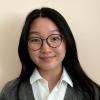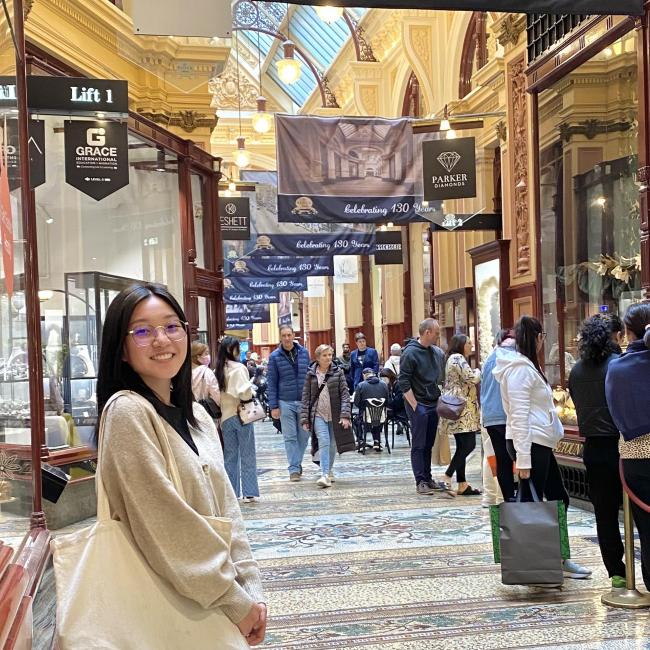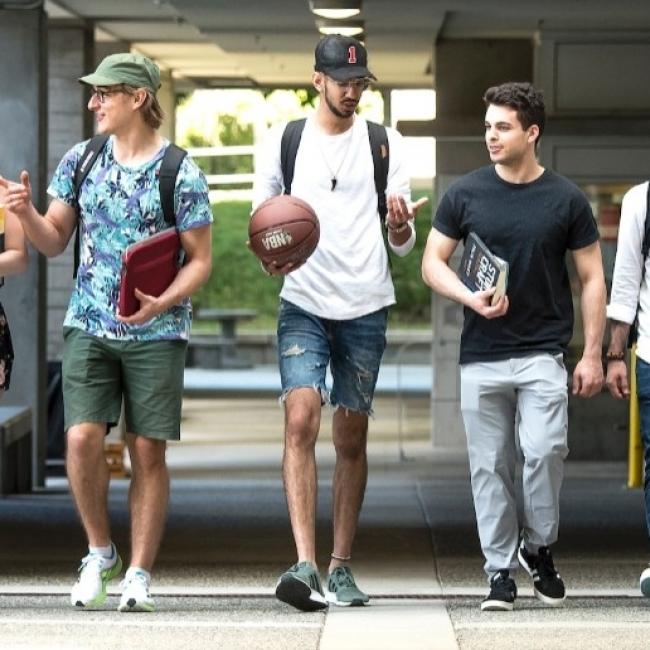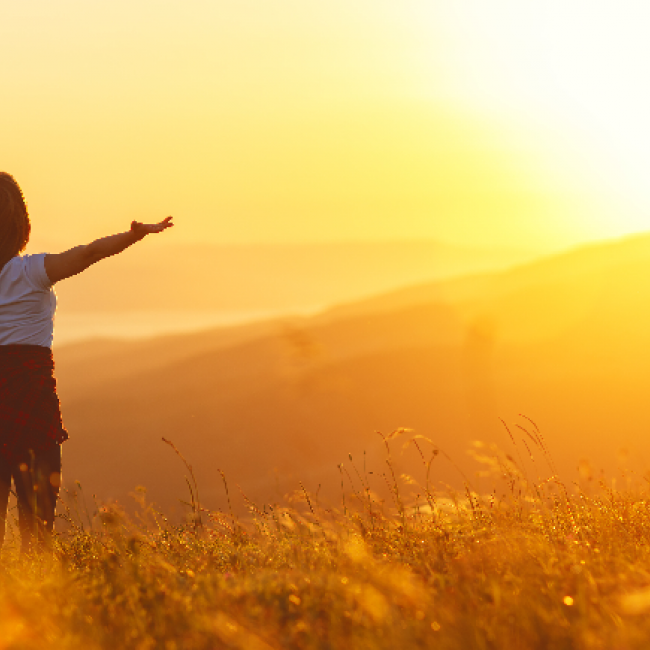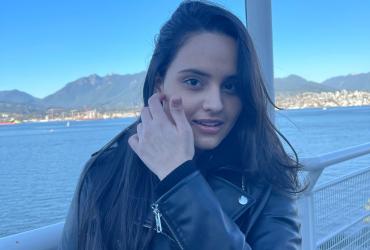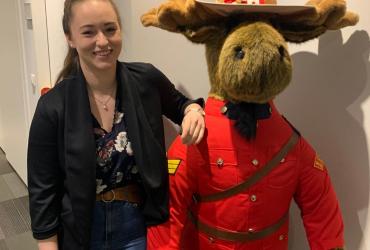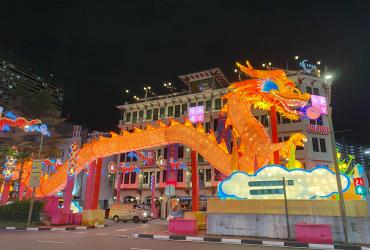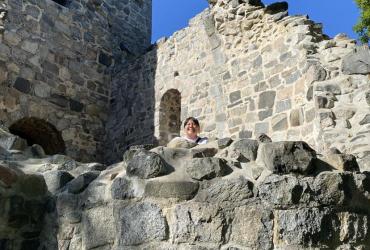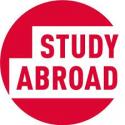Orientation and First Weeks
Moving into the student dorm and unpacking took around two days in total. A mattress is provided, but you do not get pillows, bedsheets, or blankets. They give you the option to pay $120 for those three things, but I brought my own. Move-in day for the dorms happens two weeks before classes start, so there were a lot of social events in the dorms every day, geared towards breaking the ice between students and helping them settle in. They even booked out an entire theme park for just Monash students, and we got to go on all of the rides for free!
We did a shopping trip to IKEA using one of the campus shuttle buses and loaded up our shopping cart with hangers and cutlery, which made for a funny photo.
There was also a mandatory orientation session in which information about the university and resources available were shared to approximately 500 exchange students at Monash. They assign you to a seat with students from different countries, and make you chat with each other – I made very two good friends this way!
Social and Extracurricular Activities
I befriended many local students, but also many exchange and international students from all over the world including from the UK, France, Philippines, Turkey, Japan, Hong Kong, Vietnam, Netherlands, and Korea. I spent a good chunk of my time outside of classes chatting and playing pool or table tennis with these individuals whenever I wasn’t exploring the city or trying new foods. I also frequented a nearby shopping mall called Chadstone (pronounced chad-stin, as I soon found out after being roasted on a spit for my mispronunciation). It is the biggest mall in Australia, which means you won’t run out of things to do there.
Just how Canada’s population is mostly distributed along the US border, much of Australia’s population is distributed along their coastline as the maritime climate makes the cities livable. This means that flights to other Australian cities are dirt cheap, and make for great trips. I attended the annual Vivid Sydney event to see the vibrant colours, and then went to Gold Coast, learned to surf at the world-renowned Surfer’s Paradise, and hugged a koala! I also did a trip with my local friend along the Great Ocean Road and made stops at the famous landmarks.
Initially, my travel itinerary also included New Zealand and Cairns (to dive the Great Barrier Reef), but due to some health issues on my end I stayed in Melbourne. I still made the most of the tail end of my trip by spending quality time with good friends!









